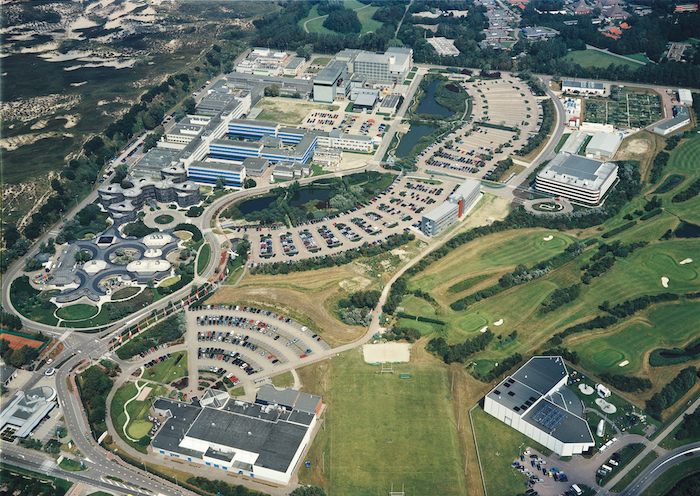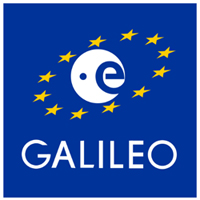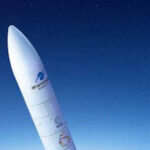The European Union Agency for the Space Program (EUSPA) is launching a new testing campaign aimed at assessing improved Galileo signal features. EU and non-EU stakeholders are invited to express interest in testing new features of the Galileo I/NAV safety of life (SoL) signal.
The current January 2021 release of the European GNSS (Galileo) Open Service Signal-In-Space Interface Control Document (OS SIS ICD) Issue 2.0 introduced new features within the E1b section of the I/NAV message. The Galileo E1b frequency component was previously marked as spare or reserved, which means the new features are fully backwards compatible.
Galileo satellites transmit different message types: F/NAV messages enable the open service (OS), I/NAV type messages are for the SoL service and C/NAV messages are dedicated to the so-called commercial service (CS). Navigation message data are transmitted on each data component as a sequence of frames. Frames are composed, in turn, of several sub-frames. Sub-frames are composed of pages. A user receiver is expected to be able to recognize page types. SoL I/NAV message structures are transmitted in E5b and E1 frequency bands. The same page layout is used In both frequencies. What differs is page sequencing. Pages are swapped between both components in order to allow fast reception of data by a dual frequency receiver. Frames are also designed to work with single frequency receivers.
Full testing program
Participants in the EUSPA campaign can test any of three new I/NAV features:
• Secondary Synchronization Pattern (SSP) – enabling users to reconstruct the broadcast Galileo system time (GST) from each satellite without the need to wait for an actual GST broadcast
• Reed-Solomon Outer Forward Error Correction (FEC-2) – providing correction of residual errors and recovery of erased information
• Reduced Clock and Ephemeris (RedCED) – allows for a fast initial position fix in exchange for an initial degraded accuracy, by only decoding one single I/NAV word rather than four.
All trials will take place in laboratory settings, either at the European Commission’s Joint Research Center in Ispra, Italy, or at the European Space Agency’s European Space Research and Technology Center (ESTEC) in Noordwijk, the Netherlands. Participants will be assigned by EUSPA to one of the two laboratories, depending on conditions and availability.
Testing will comprise simulated realistic scenarios, including open-sky and impaired-environment conditions. The campaign will run in three batches, starting on 1 August and 1 October 2022. Anyone interested in participating in the campaign can send an e-mail before 15/07/2022, 17:00 (Prague local time) to ma****@**********pa.eu.






